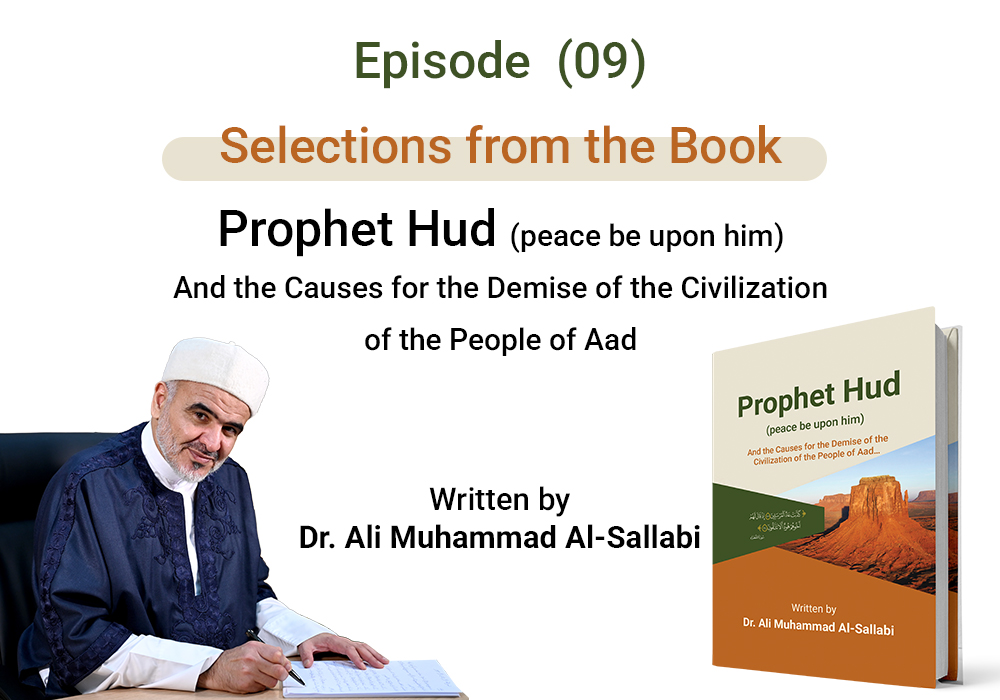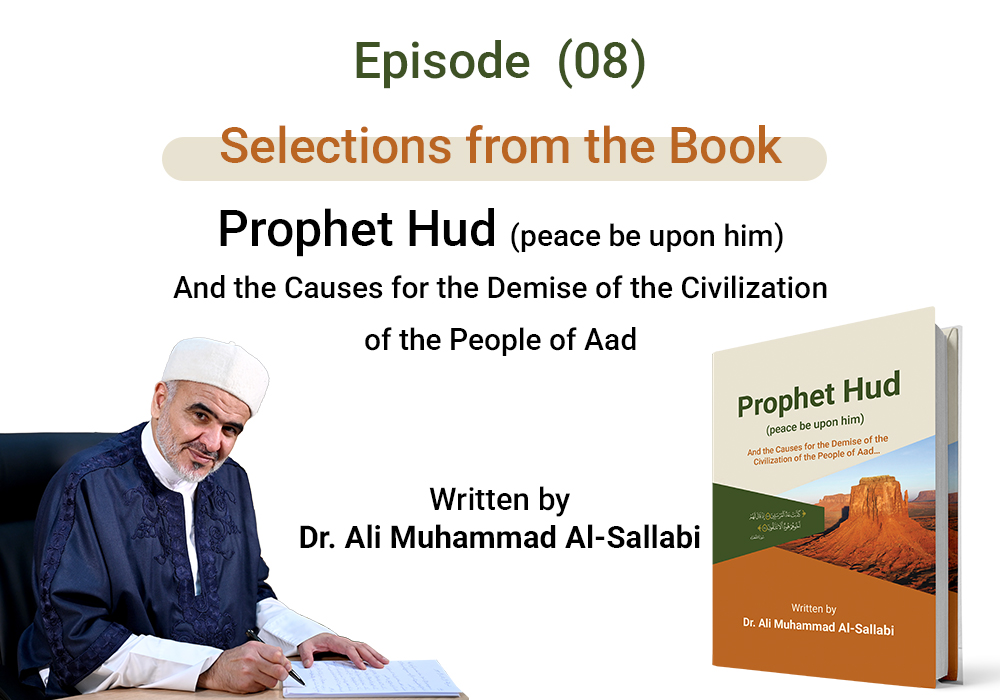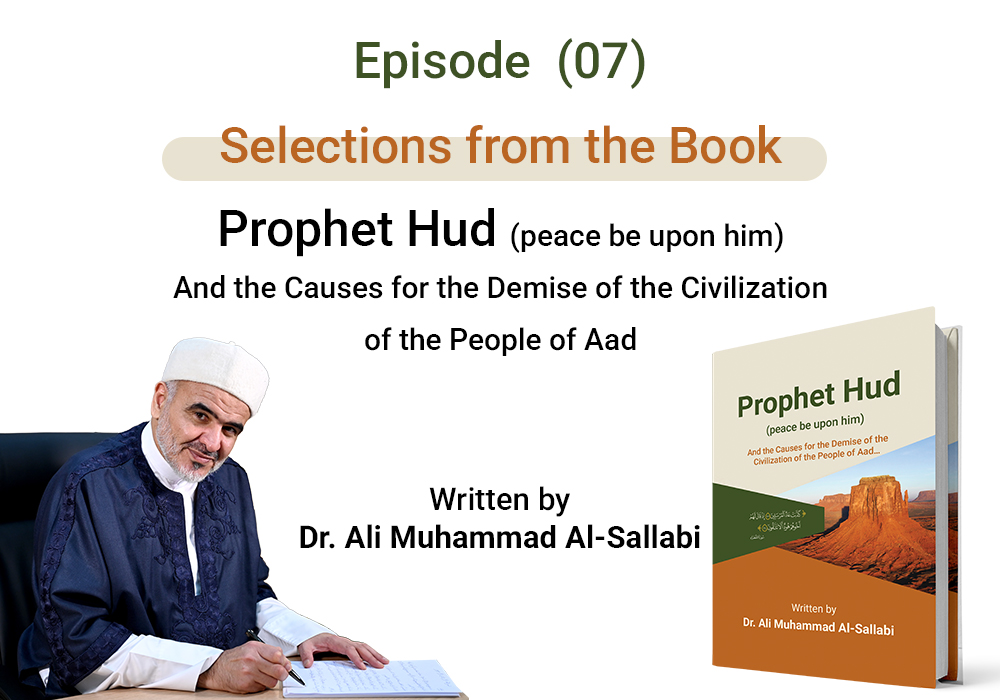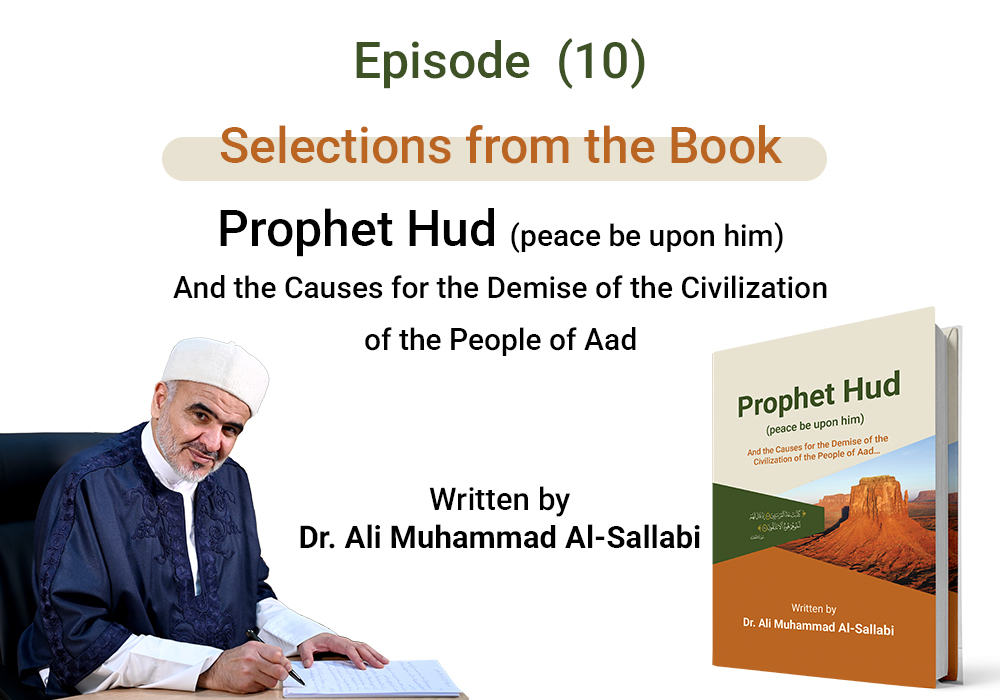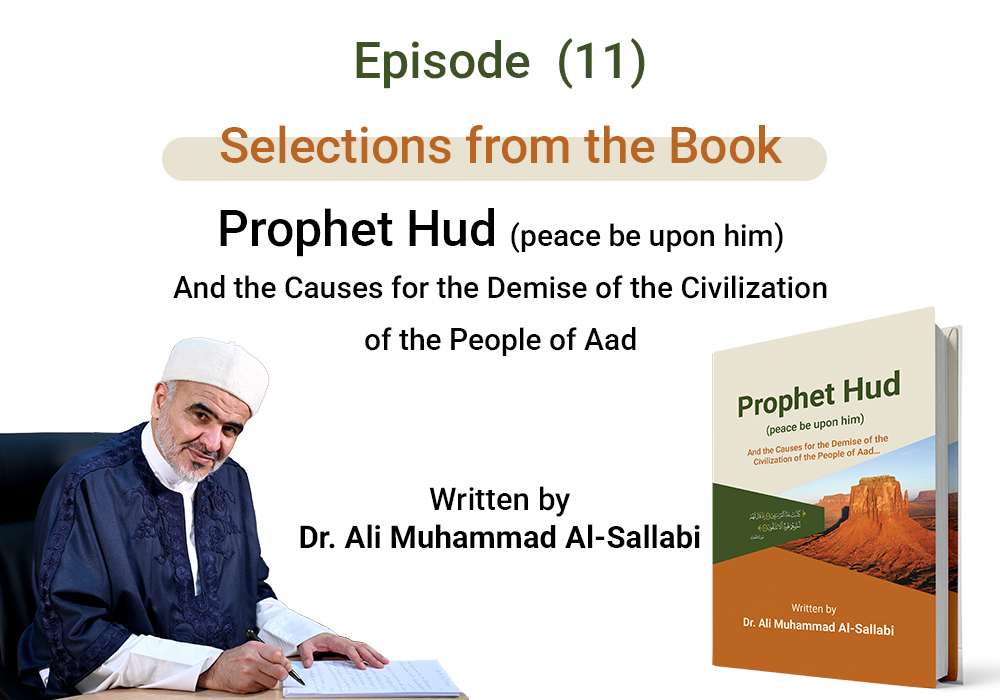Migration From the First Residence
Selections from the Book Prophet Hud (peace be upon him) And the Causes for the Demise of the Civilization of the People of Aad…
Written by Dr. Ali Muhammad al-Sallabi...
Episode (09)
Historians have mentioned the ancient migrations, which are as follows:
The first migration: Around 2500 or 3500 years before Christ, when tribes moved from the Arabian Peninsula to Babylon, Assyria, Egypt, and Phoenicia (Canaan).
The second: The migration of the Edomite, Moabite, and Mubanite tribes in 1500 BCE, which spread into the neighboring regions, though its scale was lighter than the first.
The third: The migration of the Ma'in and Sabaean tribes.
The fourth migration: Mentioned in the Holy Qur’an, it occurred in the 7th century CE, that is, six centuries after Christ.
Many historians have detailed the first migration. The American historian William Rogers said in The History of Babylon: “The homeland of the Semitic nations is the land of Arabia, from which they surged forth in search of fertile green lands and spread into Babylon and the western region of Upper Mesopotamia, that is, the land of Canaan.”
The English writer Samuel Enoch wrote in his book The Origins of Mankind: “We see the Semitic peoples, outside of Arabia, wherever they arrived as migrants or conquering invaders, always found other people’s already established before them. As for the land of Arabia, its inhabitants are original. Chaldean and Assyrian ancient traditions confirm that the earlier nations came from the south—some from the coasts of the Persian Gulf, others from the deserts of Arabia and the Levant—and gradually merged with the native populations or displaced and replaced them.”
The Semitic nations dispersed after being united for a time, migrating from the land of Arabia and spreading into neighboring territories, gaining power and influence. Arab historians did not ignore this event. The famous historian Ibn Qutaybah said in al-Ma‘arif, regarding the division and dispersion of the descendants of Shem: “Among them were the ‘Amaliq (Amalekites), nations that dispersed across the lands, and among them were the Pharaohs of Egypt and the tyrants.”
Ibn Khaldun said: “These nations had kings and states in the Arabian Peninsula, and their rule extended from there to the Levant and Egypt through some of their peoples.”
Similar statements were made by other Arab historians. Hisham al-Kalbi—the expert in the history of the Arabs of the pre-Islamic era and their genealogist—authored two books on the dispersion of these peoples. Ibn al-Nadim mentioned in al-Fihrist that one of them was titled The Dispersion of ‘Aad, and the second: Those Who Migrated from ‘Aad, Thamud, the ‘Amaliq, Jurhum, and the Children of Israel from the Land of Arabia.
The scholar Sulayman al-Nadwi (may Allah have mercy on him) detailed the genealogies of the first and second Semitic nations, the descendants of Qahtan, and of Abraham (peace be upon him), clarifying their maternal relatives and revealing their dwelling places in his book The History of the Land of the Qur’an.
- Ali Muhammad al-Sallabi, Prophet Hud (peace be upon him) And the Causes for the Demise of the Civilization of the People of Aad, pp. 188-189.
- History of the Land of the Qur’an, Sayyid Sulayman al-Nadwi, p. 133. See also: Al-Fihrist, Ibn al-Nadim, p. 154.
- History of the Land of the Qur’an, p. 133.
- Ibn Khaldun’s History, Abd al-Rahman Ibn Khaldun, Dar al-Fikr, 2001 AD, 2/159.
- Al-Maarif, Abu Muhammad Ibn Qutaybah, Egyptian General Book Authority, Cairo, Second Edition, 1992 AD, p. 10.
For further information and review of the sources for the article, see:
The Book of Prophet Hud (peace be upon him) And the Causes for the Demise of the Civilization of the People of Aad on the official website of Sheikh Dr. Ali Muhammad al-Sallabi:


